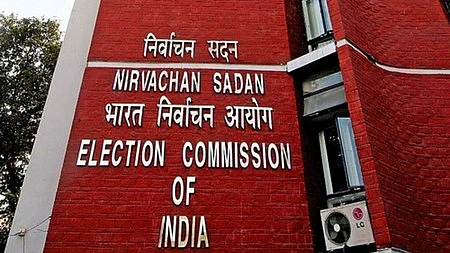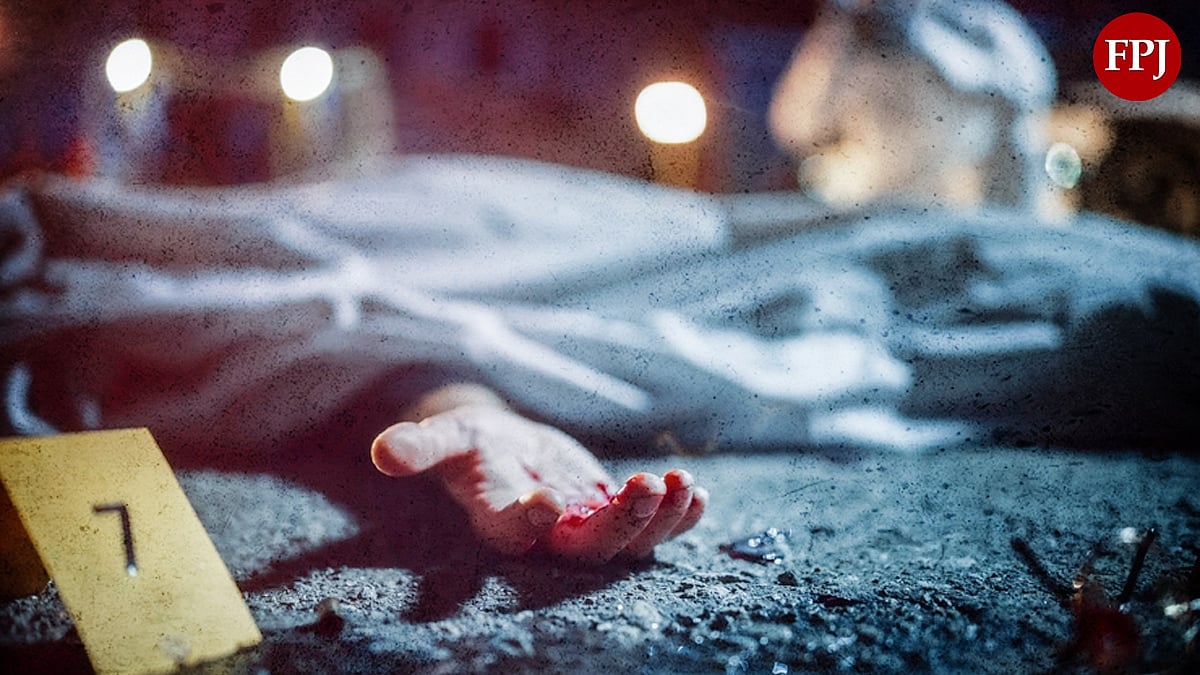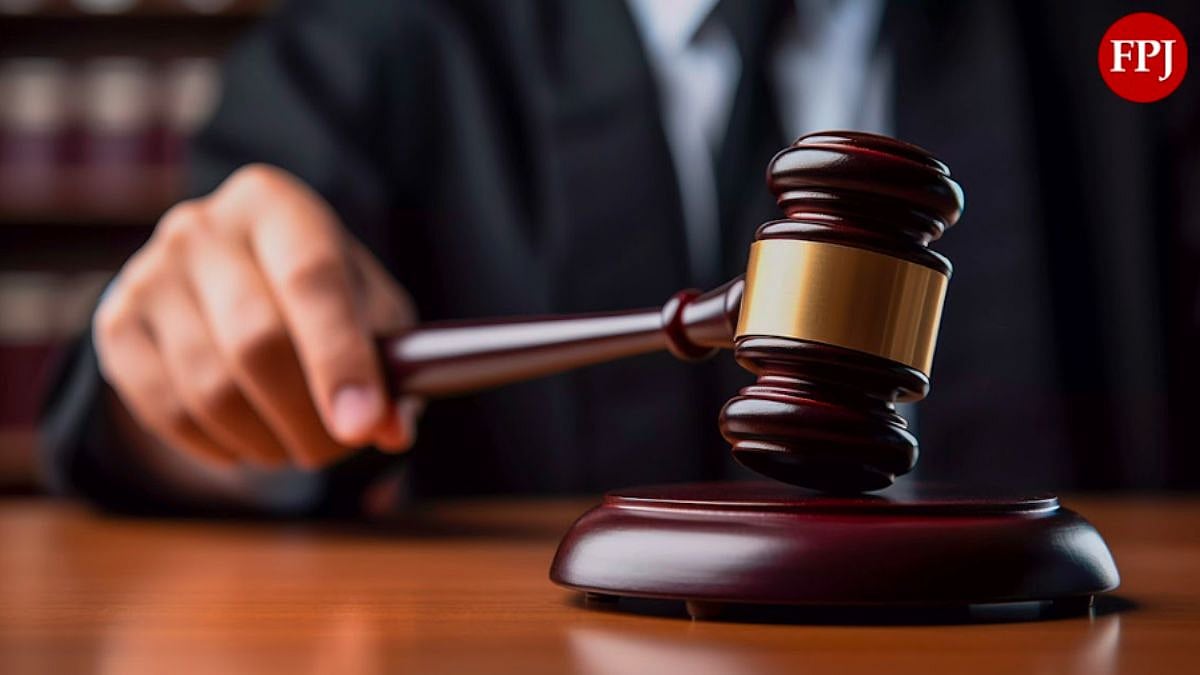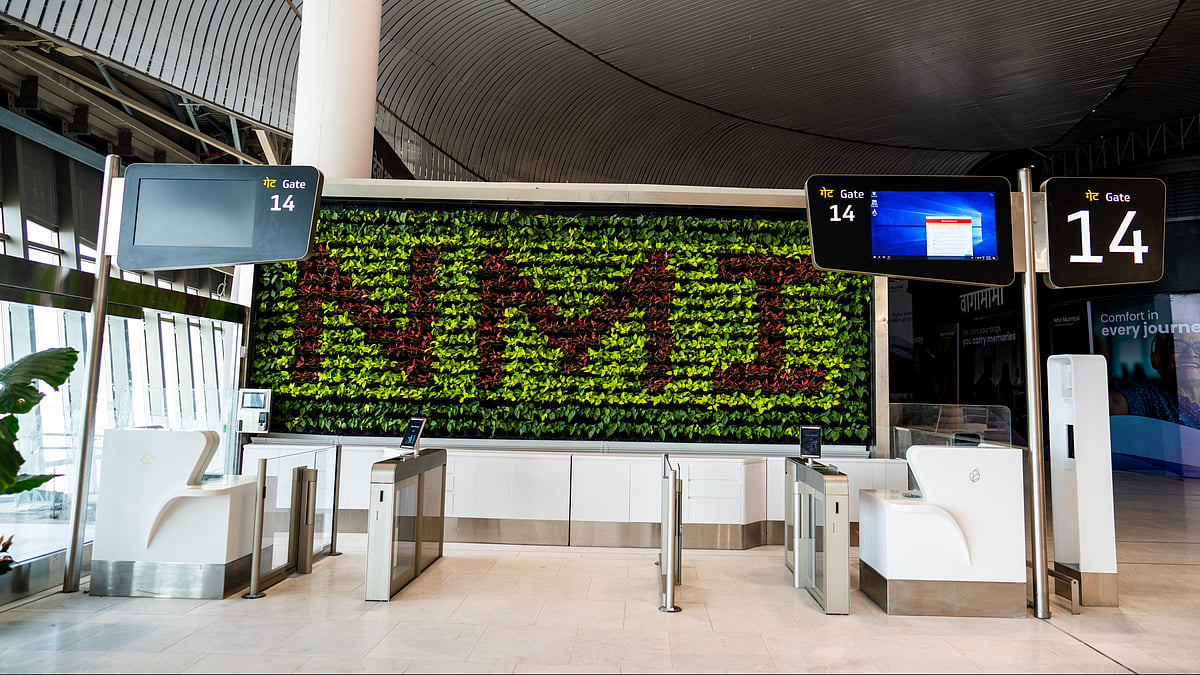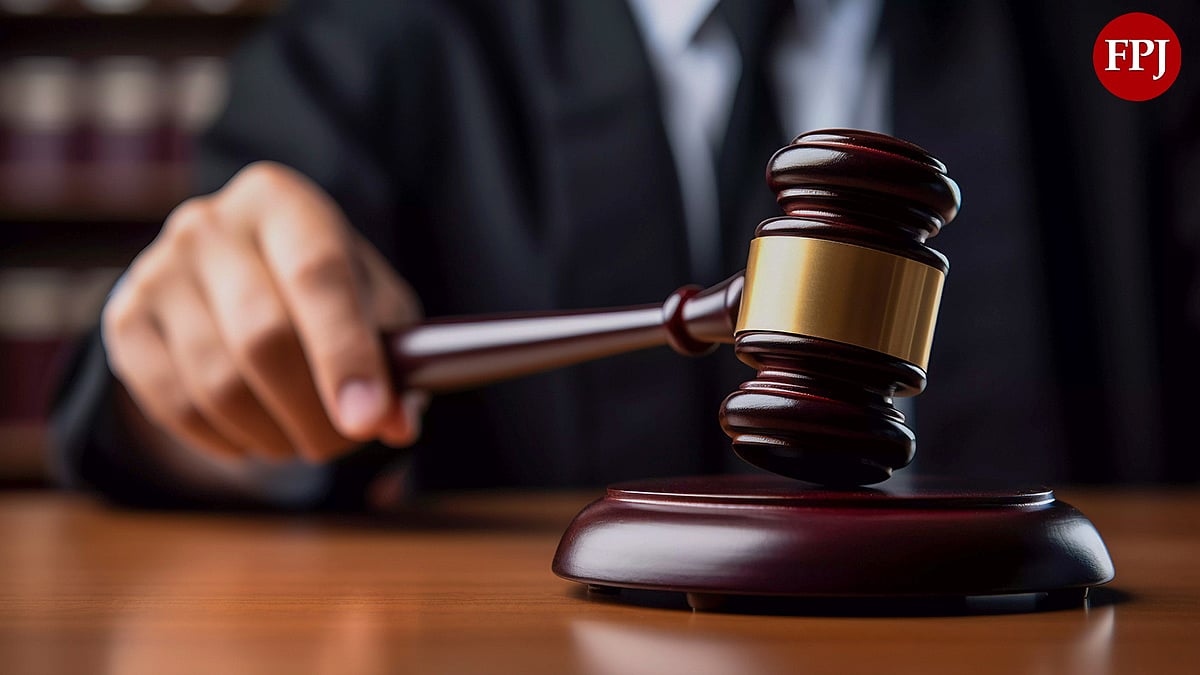Mumbai: Access to reliable public transport remains deeply unequal across the city, with nearly one in three residents living in areas classified as having poor connectivity, according to a new study by the civil engineering department at the Indian Institute of Technology Bombay.
As reported by Hindustan Times, the research estimates that approximately 3.95 million people, or 31.8 percent of Mumbai’s population, struggle to access transit options such as buses, metro services and suburban rail networks.
The study, conducted by IIT Bombay Professor Gopal R Patil, Dr Rakhi Manohar Mepprambath from A*STAR Institute of High Performance Computing in Singapore, and research scholar Manish Yadav, mapped accessibility across Mumbai using a combination of transit data and demographic patterns.
High transit gap zones and the rise of ‘transit deserts’
The findings show that 6.5 million people, or 52.2 percent of residents, live in what the researchers describe as high transit gap zones, where the demand for public transport far outweighs existing services. An additional 1.7 million people, or 13.6 percent, live in what the study classifies as transit deserts where demand exists but access to mobility options is extremely limited.
The researchers evaluated Public Transport Accessibility Levels, transit supply gaps and the Social Vulnerability Index to determine how well different parts of Mumbai are connected. PTAL scores were based on distance to transit points, frequency of services and reliability, while the Social Vulnerability Index accounted for economic and demographic stress factors.
Slum communities most affected
The report reveals a strong link between poor public transport access and social vulnerability. Only 17.3 percent of residents in slum settlements have excellent transport access, compared with 31.4 percent among non-slum communities.
Remarkably, 32.5 percent of residents considered socio-economically vulnerable live in areas with both low PTAL and high transit gaps. These are also localities where reliance on public transport is highest.
Areas in southern and western Mumbai benefitted from dense rail, metro and bus networks, while several northern and eastern wards, including M East (Govandi), P North (Malad), S (Bhandup) and T (Mulund), consistently ranked lowest for accessibility.
Experts call for targeted investment
Professor Patil said the study highlights a disparity that cannot be resolved by merely increasing service lines without strategic planning.
“High transit gap areas account for more than half of Mumbai’s population. Residents in these neighbourhoods frequently experience long walks to stops, inconsistent service frequency or overcrowded trains,” he said.
The report recommends targeted improvements, including boosting frequency in underserved wards, strengthening last mile connections and aligning investments with areas that register high vulnerability scores. It also stresses the need for stronger coordination between planning bodies such as the Brihanmumbai Municipal Corporation and the Mumbai Metropolitan Region Development Authority, especially as new metro lines are rolled out.
A call for equitable transport planning
Transport expert Vivek Pai described the findings as both timely and essential.
“This study clearly illustrates the inequality embedded in transit planning. Vulnerable communities, especially those living in slums, feel the impact first. With access to real time urban data, there is no reason investment cannot be more balanced and more thoughtful,” he said.
While recent metro expansion offers some relief, experts warn that unless planning prioritises integration with local bus networks and connects marginalised pockets of the city, large portions of Mumbai will continue to remain disconnected.

